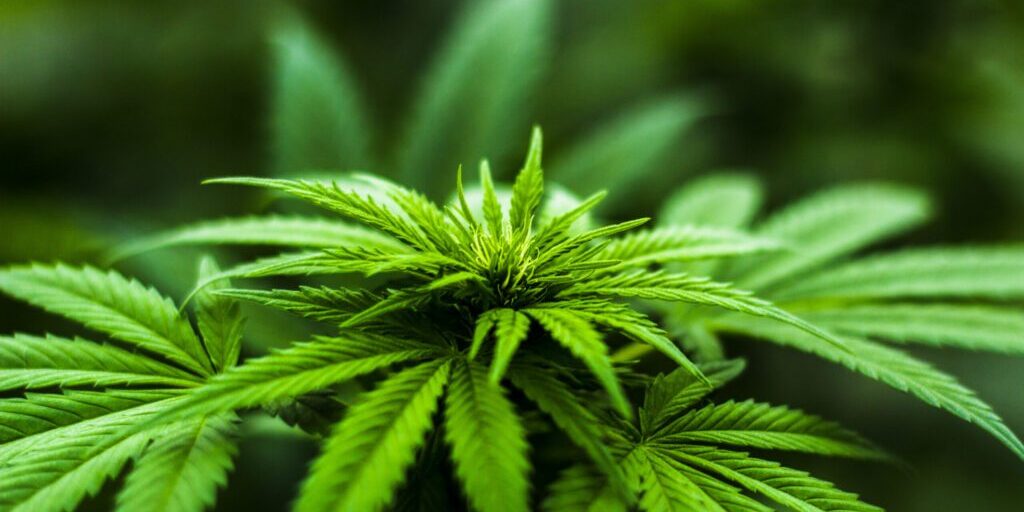A bill working its way through the Alaska Legislature is seeking to provide tax relief to marijuana cultivators in the state. House Bill 119, sponsored by the House Rules Committee, would reduce the tax on raw marijuana from $50 per ounce to $12.50 per ounce for up to five years. The current $50 amount is the highest in the nation.
If passed, HB119 would allow the state to exempt certain parts of a marijuana plant from taxation or establish a rate lower than $12.50 per ounce. Within five years, according to bill proponents, the excise tax would be replaced with a sales tax add-on at the retail level.
The reduction is one of the top recommendations from Gov. Mike Dunleavy’s Advisory Task Force on Recreational Marijuana. The Alaska Marijuana Control Board voted 4-1 in support of the tax relief the bill would provide.
Heath Hilyard is the Chief of Staff to House Speaker Cathy Tilton. He provided an overview of the bill to the House Labor & Commerce Committee last week.
He suggested that evidence exists showing illegal marijuana is competing with legal marijuana for sales in the state — and that is affecting revenue to the state.
“One of the primary reasons for this bill, and for the taxation provisions, is that the legal recreational industry is attempting to remain reasonably competitive with the black market,” Hilyard said. “Anecdotal evidence has suggested that a substantial portion of marijuana that’s grown and consumed in Alaska is actually not taxed. It’s actually being bought and sold in the black market.”
The task force agreed unanimously that “a long-term tax solution better places the taxable transaction at the retail level,” according to a legislative document produced in support of the bill. If the bill passes as written, a sales tax of 3% is proposed to replace the cultivation tax over a period of five years.
Hilyard explained the five-year window for enacting a retail sales tax on marijuana in Alaska.
“The reason that it’s a five-year period, my understanding is, that originally Department of Revenue felt that it might take up to five years to stand up a new retail sales tax, which is ultimately what this bill transitions to,” Hilyard said.
Nome Grown LLC is a marijuana cultivator in Nome. Co-owner Greg Smith said his company is the only licensed grow operation in Western Alaska. He feels $50 per ounce is an exorbitant tax amount.
“Currently, nobody else pays tax on marijuana products to the state besides the grower, so $50 an ounce it’s a crazy amount of money compared to other states,” Smith said. “Quite frankly, it makes it hard to get a good margin of profit, but I’m committed to the business.”
Cultivation businesses across Alaska are seeing losses due to the stringent tax scheme in place, Ryan Tunseth, the president of the Alaska Marijuana Industry Association, said.
“We have case examples being given to us showing that they pay more in taxes and their business even makes and that they can’t survive at this point,” Tunseth said. “We see that evidenced by a growing tax delinquency list at the cultivation level.”
The Alaska Department of Revenue has told him it can stand up a taxation authority far faster than what is envisioned in HB119, according to Tunseth.
“(Department of) Revenue came back and said 18 months is sufficient,” Tunseth said. “So, we’re hoping to see that interim period of tax, because we want to provide something that would give immediate relief for cultivators. The hope is it would be dropped from $50 to $12.50, and that would only last for roughly 18 months.”
AMIA is pushing for that 18-month window to see the 3% tax implemented, rather than five years, Tunseth said.
Additionally, the excise taxes paid by growers can only be paid in Anchorage, meaning cultivators must make a monthly trip to Alaska’s largest city. AMIA wants to see an amendment that would change that.
“It’s also our hope that they would consider amending the language in the bill to allow quarterly tax deposits and potentially even tax collection at the borough and municipal levels,” Tunseth said.
Marijuana has become Alaska’s number one agricultural crop. Since the 2014 legalization of recreational marijuana, the industry has provided new revenue streams for the state and municipalities.
Image at top: A cultivated marijuana plant. Photo in the public domain, via Pixabay.




